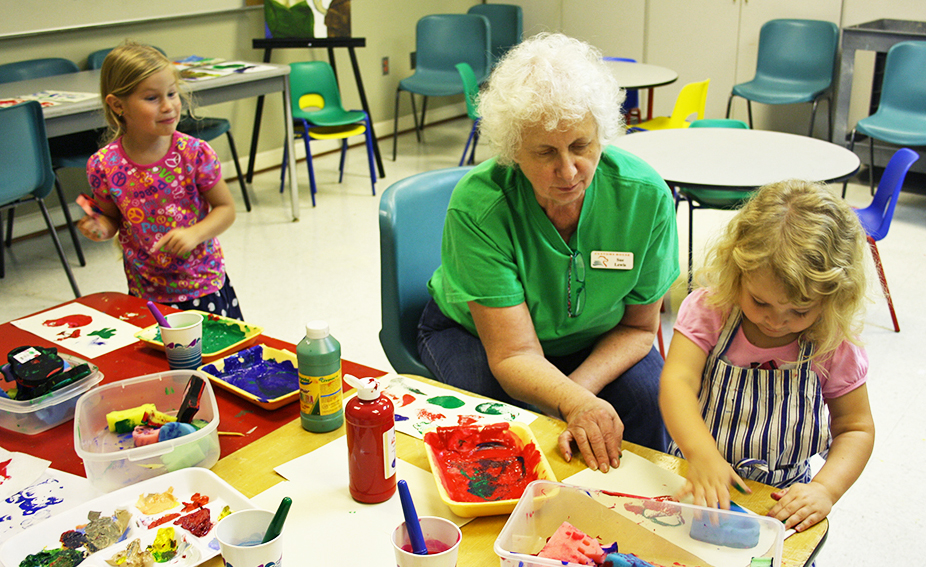
Written by Meghan Gattignolo, Visitor Services Coordinator
Meet our Curator of Education, Sue Lewis. Sue has worked at the Museum longer than any other current staff member, serving the Museum in a variety of roles. She has enjoyed the unique experience of watching the Museum grow from its small beginnings into the valued community institution it is today.
What is a Curator of Education?
The word curator comes from the Latin word, cūrātor, meaning “one who looks after; superintendent and guardian.” Most museums have curators for every facet of a museum’s purpose – collect, preserve, exhibit and educate – and that is no different at the Customs House Museum & Cultural Center. I look after the means of how visitors learn while they’re here, and that can involve many different elements. Guided tours, gallery hand-out activities, public programs, online presentations, workshops, demonstrations, grant-funded projects, volunteer presentations, partnerships with other organizations, as well as casual engagement with visitors are all opportunities the education department uses to facilitate learning. The toys, crafts and hands-on activities in Explorers’ Landing and Family Art Studio are also a part of that learning experience.
What led you to become a Curator of Education?
I started working at the Museum in the fall of 1989 as the part-time Activities Coordinator. That new position went full-time in 1991. By the time I had worked with three Curators of Education, I thought, “I can do that” …. and applied for the position, becoming the Curator of Education in 1993.
Before I was the Curator of Education, I was a teacher. I received my bachelor’s degree in elementary education from Newberry College, Newberry, SC, in 1968. My teaching experiences include Head Start, 6th grade reading and science, tutoring adults in reading and children with special needs; but, the best teaching job I ever had was that of being a mom! All the things we do with our children in those earliest years lay the groundwork for formal learning later on. In 1972, while teaching 6th grade in Columbia, SC, I visited Washington, DC, for the first time. Museums, monuments, art galleries, historic sites, zoos: what a great place to teach!
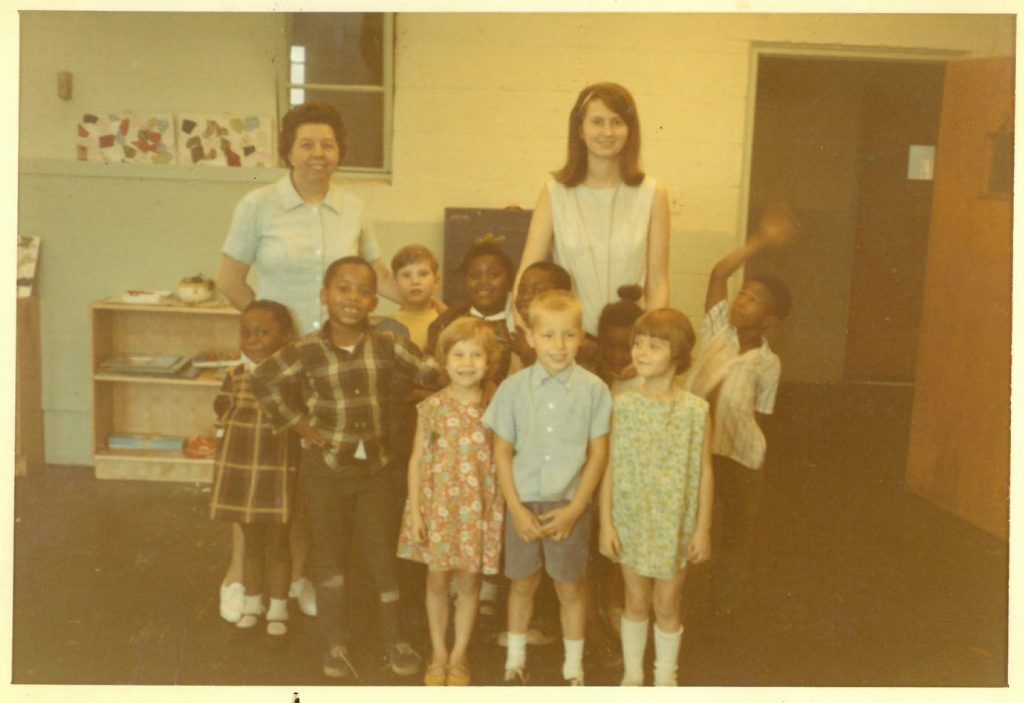
Sue’s Head Start class 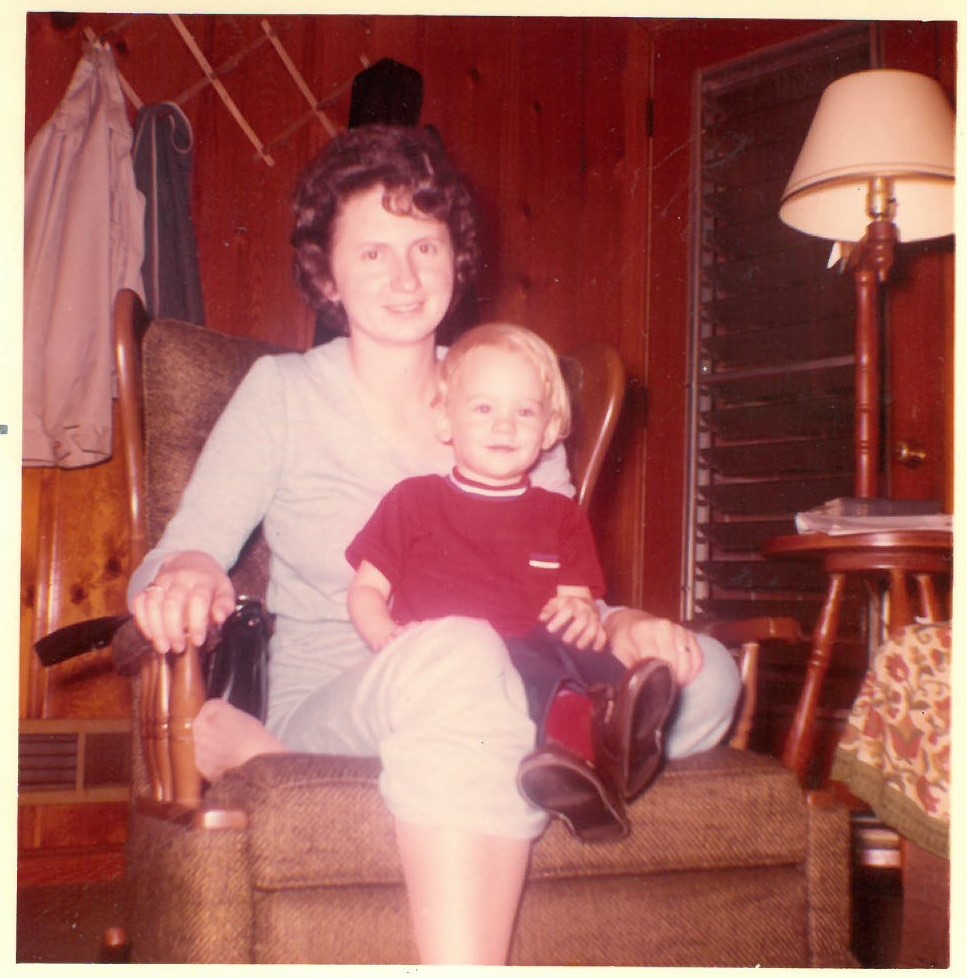
Sue with her son 
Sue with WWII mannequin
What other functions have you performed for the Museum?
I used to be the Safety Officer. One responsibility was coming in when an alarm went off. Fortunately, no major incident occurred on my watch. However, on one occasion the responding police officer whispered, “Hey, I think we have something here!” As I rounded the corner at the top of the ramp in the Challenges and Champions exhibit, I saw what the “something” was: a WWII mannequin holding a (fake) hand grenade!
What type of experiences do you hope guests will have when they visit the Museum?
One of the most important things I learned from one of my education professors was, “Always leave them wanting more.” That’s what I want: I hope visitors leave with a hunger to “know more.” I hope they will become interested in something that had previously not interested them.
How do you achieve those experiences?
I always ask myself: will this attract attention, evoke interest, stimulate thought and inspire action? I want people of all ages to tap into the curiosity we had as children. Years ago someone told me, “You have the curiosity of a 10-year-old boy.” It was one of the best compliments I’ve ever received!
When designing an activity or program for kids of any age, I try to think like a kid. One of the most important things I’ve learned in the past few years is that scribbling is to writing, as babbling is to talking. A scribble isn’t a mindless, messy mark on paper, but a critical step in the process of learning to draw and write!
Tell us about a treasured childhood memory.
My favorite memories are of things my family did together, especially camping and fishing. In our earliest days, we didn’t even have a tent! My parents slept in the back of our 1958 Chevy station wagon; my sister and I slept on pallets on the ground. I baited my own hook and took off the fish I caught, which sometimes ended up in a tree! My dad was a very patient man!
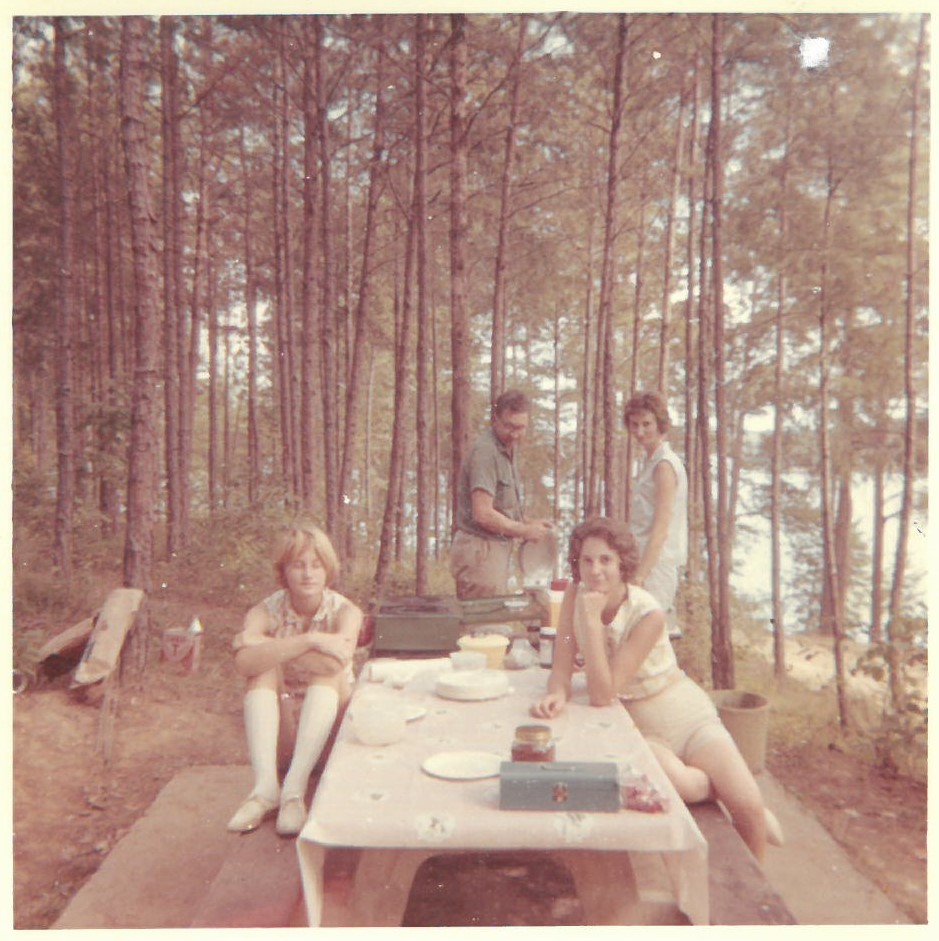
Sue’s family camping trip. Dad, mom, younger sister and Sue, bottom right 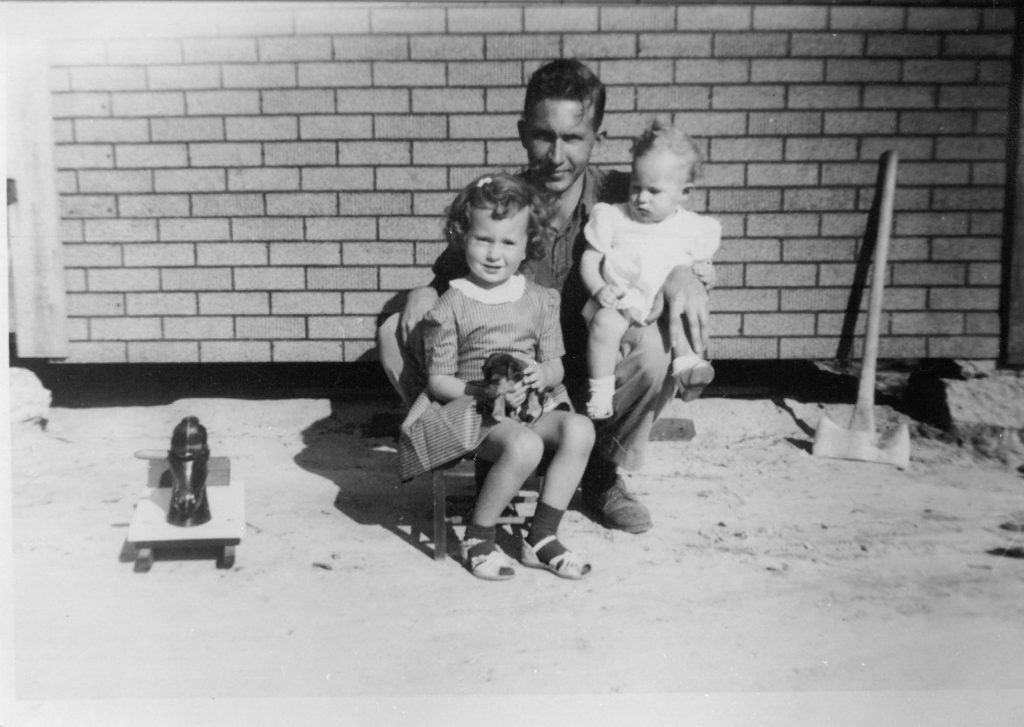
Sue, four years old, with dad and younger sister
What is something you love to do on a typical day off from the Museum?
Browse thrift stores for cool and unusual stuff – especially children’s books.
What is your favorite part about working at the Museum?
It is exciting to work in such a highly stimulating, intellectual and creative environment with people who have all kinds of talents and interests! That is coupled with being able to teach in such an environment.

Meghan Gattignolo
Meghan Gattignolo is the Customs House Museum & Cultural Center’s Visitor Services Coordinator and regularly contributes articles to the Museum’s blog. From a military family, Meghan has spent most of her life in Clarksville. She loves learning about Clarksville’s history and writing. Meghan holds a B.A. in History from Austin Peay State University, with minors in German and Political Science. She lives in Clarksville with her husband and two daughters.
Maegan Collins, Media & Communications Coordinator, prepares photographs and visual images as well as prepares the blog posts for the web.